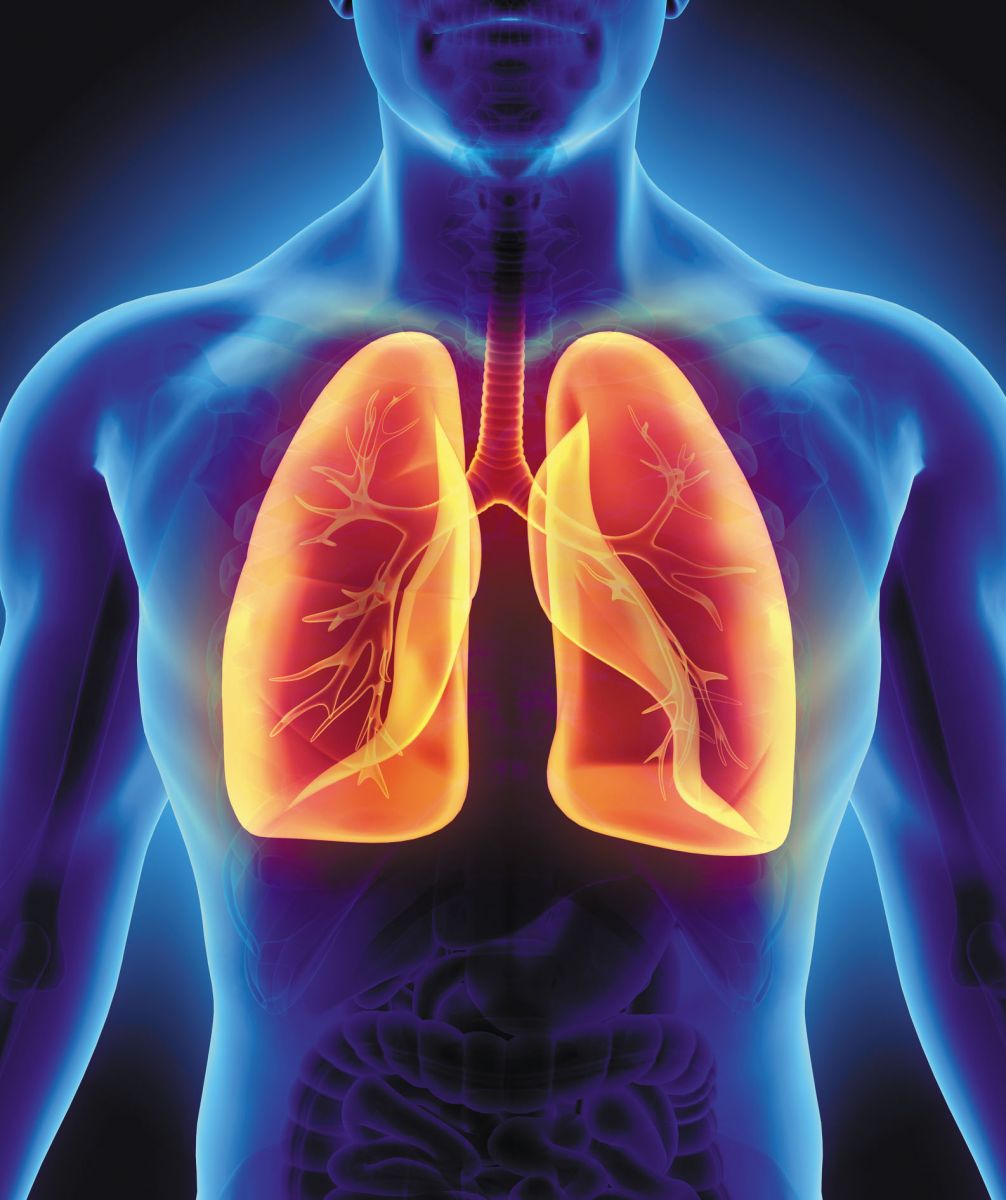 2) High altitude environments cause humans to exhibit some short term adaptations in response to the low amount of oxygen. The first of these adaptations is inefficient, yet it is a quick response to a change in environment with low oxygen. When humans reach an altitude, their bodies respond by an increased heart rate and breathing, resulting in an increase in pulse rate and blood pressure, which is the heart's attempt to pump more oxygen into our bodies. Next, acclimatization occurs, which is the addition of more blood cells and capillaries, increase in size of the lungs to facilitate oxygen, and increase of vascular network of muscles which enhances the transfer of gases. Of course, these adaptations are only temporary, and once the stress of high altitude and low oxygen is no longer present, the body returns back to a normal, no-stress functionality.
2) High altitude environments cause humans to exhibit some short term adaptations in response to the low amount of oxygen. The first of these adaptations is inefficient, yet it is a quick response to a change in environment with low oxygen. When humans reach an altitude, their bodies respond by an increased heart rate and breathing, resulting in an increase in pulse rate and blood pressure, which is the heart's attempt to pump more oxygen into our bodies. Next, acclimatization occurs, which is the addition of more blood cells and capillaries, increase in size of the lungs to facilitate oxygen, and increase of vascular network of muscles which enhances the transfer of gases. Of course, these adaptations are only temporary, and once the stress of high altitude and low oxygen is no longer present, the body returns back to a normal, no-stress functionality.
3) The benefits of studying the human variation from this perspective across environmental clines are using the research as a tool to show who can survive at high altitudes, and who may come down with altitude sickness. This research is also useful when determining how humans can survive in these environments or showing us that humans can not stay in these environments for prolonged periods of time (the latter being the case for living in high altitudes). One way this research can be used in a productive way is to warn others of the possible dangers of climbing to elevated altitudes, and even preventing those who could possibly be in danger in these environments. Mostly the research on adaptations can show us how humans react to different situations and environments, leaving no room for unpredictability.
4) There is not exactly a way to use race to explain the miraculous adaptations humans undergo when presented in a high altitude environment. This is most likely due to the fact that the adaptations presented above do not particularly happen in a select majority of races, but rather all humans show these adaptations. However, a better way to understand human variation is to look at the environmental influences on adaptations, such as the Tibetan or Nepalese who have been living in high altitudes for generations. Because of the influence of their environment, this group of people have adapted as shown in their features such as an increased blood flow near the surface of the skin, resulting in a red color. This is not an observation of race, instead it is a look at how the environment around this particular race has influenced adaptations within a population.
Hi Angelo, I enjoyed reading your post. I like your answer to number three. It would be a great research tool as you've said. I agree that it would benefit in showing how people would react in those environments for a long time. The last time my husband and I went camping in Yosemite park he got so sick from the altitude. We had to leave early. It definitely is a good way to warn others.
ReplyDeleteFor your opening paragraph, you are correct that high altitude environments can experiments extremes in cold and hot temperatures, but if you were going to address one of those, that should have been your chosen stress. The unique stress of high altitude is hypoxia, so that should have been your focus here. What negative repercussions can result from hypoxia? And do women of reproductive age have any additional concerns?
ReplyDeleteFor section two, it would have been helpful to divide your response up into four part, one for each of the adaptations. I'm also only seeing two images. You needed one for each of the adaptations.
So I see answers to the short term and the facultative adaptations, all well explained, but you are missing the developmental and cultural adaptations.
I don't disagree that more information and knowledge is beneficial, but how do we actually use this information in a productive way to benefit society? Can the information we gain from these types of studies have medical or scientific implications? Help people with lung diseases, such as cystic fibrosis?
I agree with your points in the last paragraph, and I agree with your conclusions, but there is a stronger case to be made as to why race is not useful in explaining human variation. Race is not based in biology but is a social construct, based in beliefs and preconceptions, and used only to categorize humans into groups based upon external physical features, much like organizing a box of crayons by color. Race does not *cause* adaptations like environmental stress do, and without that causal relationship, you can't use race to explain adaptations. Race has no explanatory value over human variation.